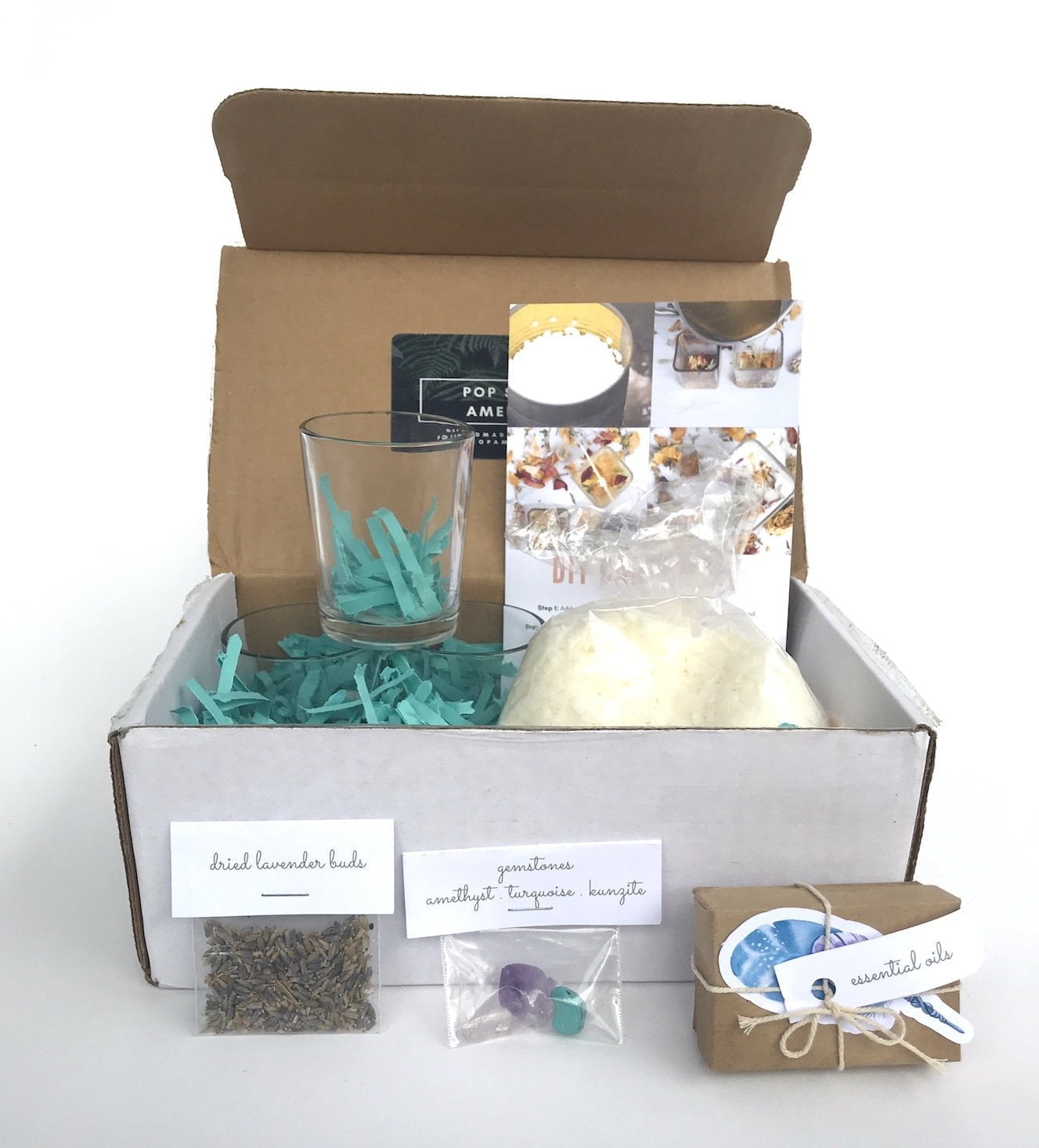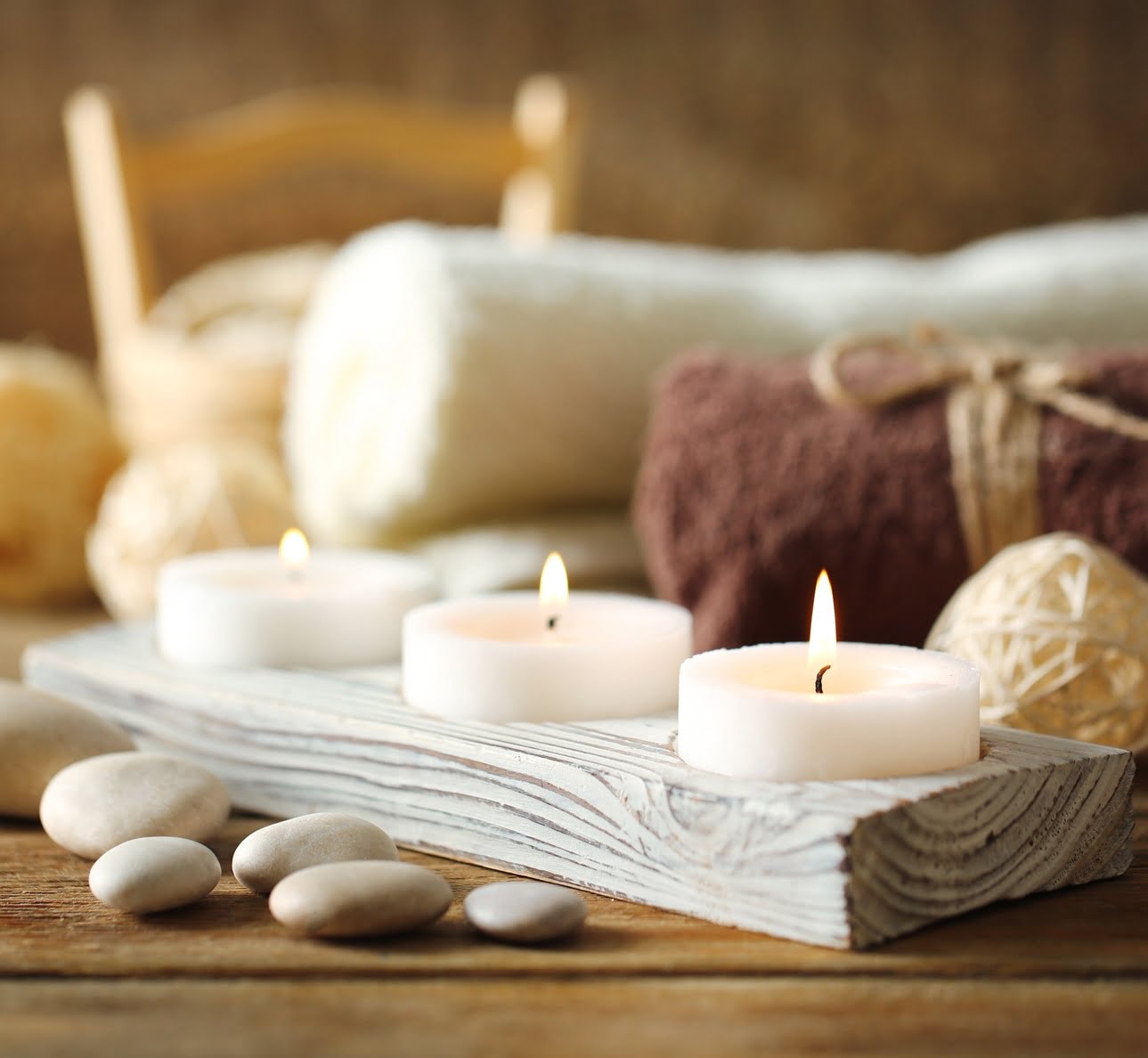When it comes to candle making, choosing the right oil is essential. The type of oil you use can greatly impact the quality and characteristics of your candles. From the scent throw to the burning properties, selecting the appropriate oil is key to creating beautiful and fragrant candles that burn efficiently and safely.
In this article, we will dive into the world of candle making oils and explore the different types available. We will discuss the pros and cons of essential oils versus fragrance oils, as well as examine popular options such as lavender and eucalyptus. Additionally, we will provide tips for selecting the right fragrance oil for your specific needs.
Furthermore, we will address the debate between natural and synthetic oils in candle making, delving into which option may be better for achieving desired results. Factors such as burning properties, safety considerations, and longevity will also be explored to guide you in selecting the perfect oil for your candle making journey.
Whether you are a beginner looking to start making your own candles or a seasoned candle maker seeking new ideas and advice, this article aims to provide valuable insights into choosing the right oil for your candle making endeavors. So grab your apron and let’s embark on this aromatic journey together.
Understanding Different Types of Candle Making Oils
When it comes to candle making, choosing the right oil is essential for creating the perfect candles. Understanding the different types of candle making oils available and their unique properties is crucial in achieving the desired results in your candle creations.
There are two main categories of oils used in candle making: essential oils and fragrance oils. Essential oils are derived from natural sources such as flowers, plants, and herbs, while fragrance oils are synthetic or blended fragrances created specifically for use in candles.
Essential oils have become increasingly popular in candle making due to their natural aromas and potential therapeutic benefits. They offer a wide range of scents, from calming lavender to invigorating eucalyptus. Some common essential oils used in candle making include:
- Lavender: Known for its soothing qualities, lavender essential oil creates a relaxing ambiance when used in candles.
- Eucalyptus: With its refreshing scent, eucalyptus essential oil can help promote focus and clear the mind.
- Citrus: Essential oils such as lemon, orange, and grapefruit add a bright and uplifting aroma to candles.
On the other hand, fragrance oils provide a broader range of scents that may not be naturally occurring. They can replicate popular fragrances like vanilla or create unique blends that are not found in nature. Fragrance oils often have stronger scent throw than essential oils, ensuring a more noticeable aroma when the candle is burned.
When selecting an oil for your candles, it’s important to consider factors such as burning properties, safety, and longevity. Some oils may have a lower melting point than others or produce soot when burned.
Safety is also crucial since some essential or fragrance oils may be unsafe for use around pets or individuals with sensitivities. Lastly, considering the longevity of an oil’s scent throw is important as certain oils may fade quickly while others maintain their aroma throughout the life of the candle.
Essential Oils vs. Fragrance Oils
When it comes to candle making, one of the key decisions you’ll need to make is whether to use essential oils or fragrance oils. Both options have their own set of pros and cons, which can greatly impact the overall quality and scent of your candles.
Essential Oils
– Pros:
- Natural: Essential oils are derived from plants, making them a popular choice for those seeking all-natural products.
- Aromatherapeutic Benefits: Many essential oils are known for their various therapeutic properties, such as relaxation or energy enhancement.
- Wide Variety: Essential oils come in a wide range of scents, allowing you to create unique candle fragrances.
– Cons:
- Limited Scent Options: While there is a wide variety of essential oils available, the selection is more limited compared to fragrance oils. Some scents may be difficult to find or may not be suitable for candle making.
- Cost: Essential oils tend to be more expensive than fragrance oils due to the extraction process involved. This can significantly increase the cost of candle making.
Fragrance Oils
– Pros:
- Vast Scent Selection: Fragrance oils offer an extensive range of scents that can mimic almost any fragrance you desire. This allows for greater creativity in creating unique and appealing candle fragrances.
- Strong Scent Throw: Fragrance oils are specifically formulated for maximum scent throw, meaning they can fill a room with their aroma more effectively than essential oils.
- Cost-effective: Compared to essential oils, fragrance oils are generally more affordable, making them an attractive option for those on a budget.
– Cons:
- Synthetic Composition: Unlike essential oils, fragrance oils are artificially created using synthetic compounds. As a result, they may not provide the same natural and holistic benefits as essential oils.
- Potential Allergens: Some individuals may have sensitivities or allergies to certain fragrance oil ingredients. It’s essential to carefully research and test your chosen fragrance oils before using them in candles.
Ultimately, the choice between essential oils and fragrance oils will depend on your personal preferences, budget, and desired candle aesthetic. It’s important to consider the pros and cons of each option to make an informed decision that aligns with your goals as a candle maker.
Exploring Popular Essential Oils for Candle Making
When it comes to candle making, essential oils are a popular choice for adding fragrance to your creations. Essential oils are derived from natural plant materials and offer a wide range of scents to choose from. They not only provide a pleasant aroma, but some essential oils also offer therapeutic benefits that can enhance the overall experience of burning a candle.
Popular Essential Oils for Candle Making
One of the most popular essential oils for candle making is lavender. Lavender oil has a soothing and calming scent that promotes relaxation and sleep. It is perfect for creating a tranquil atmosphere in your home or as part of a self-care routine. Eucalyptus oil is another favorite among candle makers. Its refreshing and invigorating scent is ideal for promoting focus and clearing the mind.
In addition to lavender and eucalyptus, there are many other essential oils that you can use in your candle making projects. Citrus oils like sweet orange, lemon, and grapefruit add a fresh and uplifting aroma to any space. Peppermint oil provides an energizing scent that can help with concentration. Other popular choices include rosemary for its herbal scent, bergamot for its citrus-floral aroma, and cedarwood for its warm and woody notes.
Tips on Using Essential Oils in Candle Making
When using essential oils in candle making, it is important to consider the strength of the fragrance. Some oils have a stronger scent than others, so you may need to adjust the amount used to achieve your desired level of fragrance. It’s recommended to start with a lower concentration and gradually increase it if needed.
Another tip is to choose high-quality essential oils from reputable suppliers. This ensures that you are getting pure oils without any additives or dilutions that could affect the quality of your candles.
Lastly, keep in mind that different essential oils have varying flashpoints, which refers to the temperature at which they can ignite. It’s important to research the flashpoint of each essential oil you plan to use and make sure it is safe for candle making.
Choosing the Right Fragrance Oil for Your Candle
When it comes to candle making, one of the most important aspects is choosing the right fragrance oil. The fragrance oil you choose will determine the overall scent of your candle and how well it fills a room when burned. Here are some tips and tricks to help you select the perfect fragrance oil for your candle making project.
- Consider the scent category: Fragrance oils come in a wide range of scents, from floral and fruity to woody and spicy. Before selecting a fragrance oil, consider the mood or ambiance you want to create with your candle. For example, if you want a relaxing and calming atmosphere, you may opt for lavender or chamomile scents. On the other hand, if you want an energizing vibe, citrus or mint scents may be more suitable.
- Test before committing: It’s always recommended to test a small amount of fragrance oil before committing to a larger batch of candles. This allows you to gauge how well the scent performs when mixed with other ingredients and when burned. Additionally, it helps you identify any potential issues such as discoloration or poor scent throw early on.
- Quality matters: When selecting fragrance oils for your candles, it’s important to choose high-quality options from reputable suppliers. High-quality oils tend to have better performance in terms of scent throw and longevity compared to lower-quality alternatives. They also often have more intricate and true-to-life scents.
- Consider compatibility: Some fragrances may not blend well with certain waxes or other additives used in candle making. Before selecting a fragrance oil, do some research or consult with experienced candle makers to ensure compatibility with your chosen components.
- Follow usage guidelines: Each fragrance oil has its own recommended usage rate, which indicates how much should be used per pound of wax in order to achieve optimal scent throw without negatively impacting burn quality or safety. Be sure to carefully follow these guidelines for best results.
By following these tips and tricks, you can confidently choose the right fragrance oil for your candle making project. Remember to experiment and have fun with different scents to create unique and inviting candles that will delight your senses. Happy candle making.
Natural vs. Synthetic Oils
When it comes to candle making, one important decision you’ll have to make is whether to use natural or synthetic oils. Both options have their own advantages and disadvantages, and understanding the differences between the two can help you choose the best option for your candle making journey.
Natural Oils
Natural oils are derived from plants, flowers, fruits, or nuts through various extraction methods such as cold pressing or steam distillation. These oils are often touted for their purity and therapeutic properties. Many candle makers prefer natural oils because they offer a more authentic and organic scent experience. Natural oils can also provide additional benefits like relaxation or mood enhancement due to their aromatherapy properties.
However, there are some considerations when using natural oils in candle making. One major factor is their scent throw. While some natural oils have strong scents that fill a room quickly, others may have a more subtle scent that requires careful blending with other oils to achieve the desired fragrance intensity. Additionally, natural oils can vary in quality depending on the source, so it’s important to do research and purchase from reputable suppliers.
Synthetic Oils
Synthetic oils, also known as fragrance oils or aroma chemicals, are created in a laboratory to mimic specific scents. They are typically made by combining various chemical compounds to replicate natural fragrances or create unique scents that cannot be found in nature. Synthetic oils offer a wide range of options and consistency in terms of fragrance strength and longevity.
One advantage of using synthetic oils is their strong scent throw, meaning they can easily fill up a room with fragrance. They also tend to be more cost-effective compared to natural oils since they can be produced on a larger scale. However, some candle makers argue that synthetic oils lack the complexity and depth of natural scents.
Ultimately, whether you choose natural or synthetic oil for your candle making depends on your personal preferences and goals. Some candle makers prefer to create candles using only natural ingredients for a more eco-friendly and holistic approach, while others prioritize cost-effectiveness and consistent scent performance offered by synthetic oils. Experimenting with both options can help you determine which type of oil works best for your candles.
Factors to Consider When Selecting Oils for Candle Making
When it comes to selecting oils for candle making, there are several important factors to consider. These factors include the burning properties of the oil, the safety considerations, and the longevity of the scent. Taking these factors into account ensures that you choose the right oil for your candle making journey.
Burning Properties
One of the key factors to consider when selecting oils for candle making is their burning properties. Different oils have different melting points, which affects how well they burn in a candle. It’s important to choose oils that have a relatively low melting point, so they can easily be melted and released into the air as a fragrance.
Additionally, some oils may produce more soot than others when burned in candles. Soot can accumulate on the walls and ceilings of your home, causing potential health issues and a mess that is difficult to clean. To avoid excessive soot production, it’s recommended to choose oils that have low levels of impurities.
Safety
Safety is another crucial factor when selecting oils for candle making. Some oils may be flammable or emit toxic fumes when burned at high temperatures. It’s important to thoroughly research and understand the safety considerations associated with each oil before using it in candles.
Furthermore, if you plan on using candles around pets or young children, it’s essential to choose oils that are safe for them as well. Certain essential oils can be harmful or even toxic to animals, while others may cause skin irritation or allergic reactions in humans. Always check for any potential hazards and use caution when incorporating oils into your candles.
Longevity
The longevity of scent is an important consideration when choosing oils for candle making. Some scents are stronger and longer-lasting than others, allowing you to enjoy their fragrance throughout the entire burn time of the candle. You want to select oils that have good scent throw – meaning they can effectively disperse their fragrance into the surrounding area.
Additionally, consider how well the oil holds its scent over time. Some oils may weaken or fade quickly, resulting in a candle that loses its aroma after just a few uses. On the other hand, certain oils can maintain their scent for many months, providing a longer-lasting and enjoyable experience.
DIY Candle Making Recipes
Candle making is not only a creative and therapeutic activity, but it also allows you to customize the scents that fill your space. By using different oils in your candle making recipes, you can create unique combinations that cater to your personal preferences. In this section, we will explore some DIY candle making recipes that incorporate various oils to achieve delightful scents.
One popular DIY recipe is the lavender-scented candle. Lavender oil is known for its soothing and calming properties, making it an excellent choice for relaxation candles. To create this candle, combine soy wax flakes with lavender essential oil at a ratio of 1 ounce of oil per pound of wax. You can enhance the fragrance by adding dried lavender buds into the melted wax before pouring it into the container.
Another delightful scent combination is eucalyptus and mint. This refreshing blend will invigorate your senses and create an uplifting atmosphere. Start by melting soy wax flakes and adding eucalyptus essential oil at a ratio of 1 ounce per pound of wax. Then, mix in a few drops of peppermint essential oil to add a hint of minty freshness.
For those who prefer floral scents, a rosemary and bergamot combination is perfect. Rosemary essential oil has an herbal aroma that pairs harmoniously with the citrusy notes of bergamot essential oil. Mix these oils in a ratio of 1:1 and add them to melted soy wax flakes to create an enchanting floral fragrance.
To make these DIY candle recipes even more personalized, consider experimenting with different ratios or adding other complementary oils such as vanilla or citrus oils.
By following these simple DIY candle making recipes and incorporating various oils, you can easily create unique scents that suit your taste and preference. Remember to always follow safety guidelines when working with hot wax and fragrant oils to ensure a safe and enjoyable experience.
| DIY Candle Making Recipe | Oils Used |
|---|---|
| Lavender-Scented Candle | Lavender essential oil, dried lavender buds |
| Eucalyptus and Mint Candle | Eucalyptus essential oil, peppermint essential oil |
| Rosemary and Bergamot Candle | Rosemary essential oil, bergamot essential oil |
Expert Tips for Blending Oils in Candle Making
Blending different oils can be a great way to create unique and appealing aromas in your homemade candles. However, it can also be a bit tricky to get the perfect blend. In this section, we will provide some expert tips to help you achieve the perfect aroma in your candle making.
One important tip when blending oils is to start with small batches. This allows you to test different combinations without wasting too much oil if you don’t like the result. Begin with just a few drops of each oil and gradually increase the amount to find the right balance.
Another tip is to consider the scent profiles of the oils you are using. Some oils have stronger scents than others, so it’s important to keep this in mind when blending. For example, if you are using a strong smelling essential oil such as peppermint, you may want to use less of it in your blend compared to milder smelling oils like lavender or vanilla.
It’s also important to note that certain oils may not blend well together due to their chemical compositions. For example, citrus essential oils tend to have a shorter shelf life compared to other oils and can sometimes cause candles made with them to develop an off smell over time. Therefore, it’s best to avoid blending citrus oils with other oils or use them in smaller quantities.
| Essential Oil Blend | Aroma Profile |
|---|---|
| Lavender + Chamomile | Calming and floral |
| Eucalyptus + Peppermint | Refreshing and invigorating |
| Lemon + Rosemary | Uplifting and energizing |
Remember, the key to achieving the perfect aroma in your candles is experimentation. Don’t be afraid to try different combinations and ratios of oils until you find the blend that suits your preferences. Happy candle making.
Troubleshooting Common Issues with Oil Selection in Candle Making
Troubleshooting Common Issues with Oil Selection in Candle Making: Soot, Tunneling, and Poor Scent Throw
When it comes to candle making, selecting the right oil is crucial to ensure a successful and enjoyable experience. However, even with careful consideration, issues may arise during the burning process. In this section, we will discuss common problems that can occur with oil selection in candle making and provide troubleshooting tips to help you overcome them.
One common issue that candle makers may encounter is excessive soot. Soot occurs when the oil used in the candle produces incomplete combustion during burning. This can be caused by using oils with a high viscosity or oils that contain impurities. To minimize soot production, it is important to choose oils specifically formulated for candle making, as they are designed to burn cleanly. Additionally, trimming the wick to the recommended length before each use can also help reduce soot.
Another problem that can occur is tunneling, which refers to uneven or incomplete burning of the wax. This can happen if the chosen oil does not have a high enough melting point or if the wick is too small for the diameter of the candle. To prevent tunneling, ensure that you select an oil with a melting point suitable for the type of wax you are using and choose an appropriate wick size based on your container size.
Poor scent throw is another issue that candle makers may face. Scent throw refers to how well a candle‘s fragrance disperses into the surrounding space when burned. If you find that your candles are not emitting enough scent, it could be due to using fragrance oils with insufficient strength or improper blending techniques. Experimenting with different fragrance oils and adjusting their ratios can help improve scent throw.
| Issue | Cause | Troubleshooting Tips |
|---|---|---|
| Excessive Soot | High viscosity or impurities in oils | Use oils formulated for candle making, trim wick to recommended length |
| Tunneling | Inappropriate melting point or small wick size | Select oil with suitable melting point, choose appropriate wick size |
| Poor Scent Throw | Fragrance oils with insufficient strength or improper blending techniques | Experiment with different fragrance oils, adjust ratios for better scent throw |
By understanding these common issues and implementing the suggested troubleshooting tips, you can overcome challenges related to oil selection in candle making and enhance the overall quality of your creations. Remember to always follow safety guidelines when working with candles and have fun exploring different combinations of oils to create unique scents.
Conclusion
In conclusion, choosing the right oil for candle making is crucial to achieving the desired scent, burning properties, and safety of your candles. Whether you decide to use essential oils or fragrance oils, it’s important to weigh the pros and cons of each option.
Essential oils offer a natural and therapeutic aroma but may have limitations in terms of scent throw and longevity. On the other hand, fragrance oils provide a wide range of scents and better scent throw but are often synthetic.
When selecting oils for candle making, consider factors such as burning properties, safety, and longevity. Different oils will have different burn rates and may emit more soot or tunnel if not chosen carefully. Safety is also an important aspect to consider, as some oils may be flammable or irritate allergies.
Don’t be afraid to experiment with different combinations of oils to create unique scents for your candles. DIY candle making recipes offer endless possibilities for blending various oils together and creating a signature fragrance that reflects your personal style.
Finally, if you encounter any issues with your candle’s oil selection like soot, tunneling, or poor scent throw, don’t get discouraged. With troubleshooting techniques and expert advice from experienced candle makers, you can overcome these challenges and achieve the perfect aroma in your handmade candles.
Remember that candle making is an art form that requires practice and experimentation. It may take time to find the perfect oil that suits your preferences and achieves the desired results in your candles. So enjoy the journey of discovering new scents, exploring different types of oils, and creating beautiful candles that bring joy and relaxation into people’s lives.

Welcome to my candle making blog! In this blog, I will be sharing my tips and tricks for making candles. I will also be sharing some of my favorite recipes.





